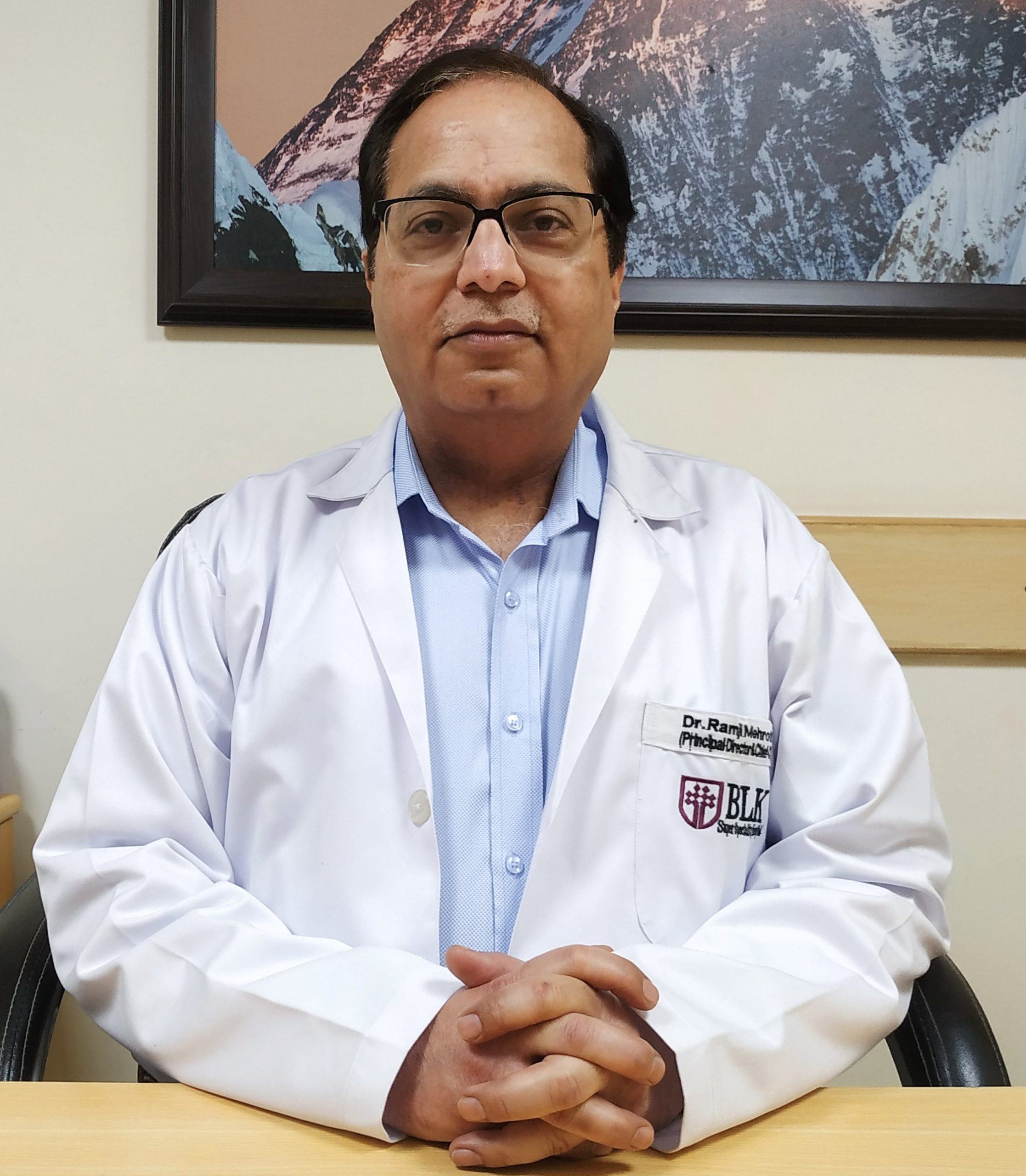
In the realm of medical miracles, few procedures hold the promise of rebirth as profoundly as the bone marrow transplant surgery. This intricate procedure serves as a lifeline for individuals facing life-threatening diseases that compromise their body’s ability to produce essential blood cells. With each transplant, a story of hope, resilience, and renewal unfolds.
Today, we will embark on a journey through the intricacies of the bone marrow transplant procedure. We will explore its stages, significance, and the transformative impact it has on individuals seeking a second chance at life. We will dive into comprehending the role of bone marrow, and in parallel, we will unravel the delicate process that rekindles vitality. We also aim to showcase how this medical marvel has granted numerous patients a renewed lease on life.
Understanding the Bone Marrow Transplant Procedure
-
The Essence of Bone Marrow:
Bone marrow serves as the vital factory responsible for producing blood cells – the carriers of oxygen, immune defenders, and clotting agents. Certain diseases, like leukemia, lymphoma, and severe immune disorders, can disrupt this delicate balance, necessitating a bone marrow transplant.
-
The Role of Bone Marrow Transplantation:
A bone marrow transplant involves the infusion of healthy stem cells into the recipient’s bloodstream. These stem cells have the remarkable ability to develop into various types of blood cells, thereby replenishing the depleted or malfunctioning cells and rejuvenating the body’s immune system.
Steps Involved in Bone Marrow Transplant Procedure
-
Preparation and Evaluation:
Prior to the bone marrow transplant procedure, an essential phase involves thorough preparation and evaluation of both the recipient and potential donor. This evaluation includes comprehensive medical tests encompassing blood tests and imaging scans. These tests serve to assess the recipient’s overall health and also gauge the compatibility of the donor’s stem cells with the recipient’s immune system.
-
Donor Selection:
Selecting the ideal donor plays a pivotal role in the success of the bone marrow transplant procedure. Ideally, the donor is a close family member whose tissue type is compatible with the recipient’s. The genetic similarity between the donor and recipient minimizes the risk of immune rejection and enhances the chances of a successful transplant. In situations where a family donor is not available, medical professionals may explore other options, such as finding unrelated donors who are registered in bone marrow registries.
-
Collecting Stem Cells:
The procedure of collecting vital stem cells can vary based on the specifics of each case. In some instances, the donor’s stem cells are harvested directly from the bone marrow. This process, often requiring a minor surgical procedure, involves accessing the bone marrow and extracting the necessary cells. Alternatively, stem cells can be collected from the donor’s bloodstream using a technique known as apheresis. During apheresis, blood is drawn from the donor, and specialized equipment separates the stem cells from the blood components before returning the rest of the blood back to the donor.
-
Infusion and Recovery:
After the stem cells are successfully collected from the donor, the infusion process starts. The healthy stem cells are introduced into the recipient’s bloodstream, typically through a procedure similar to receiving a blood transfusion. Once infused, these specialized cells embark on a journey within the recipient’s body. They migrate to the bone marrow and gradually establish themselves in their new environment. As time progresses, these transplanted stem cells initiate the production of healthy blood cells, including red blood cells, white blood cells, and platelets. Throughout the recovery period, patients are under vigilant monitoring by medical professionals for any signs of complications or adverse reactions.
Challenges and Triumphs of Bone Marrow Transplant Procedure
-
Graft-Versus-Host Disease (GVHD):
One of the challenges post-transplant is GVHD, a condition where the transplanted stem cells recognize the recipient’s body as foreign and attack healthy tissues. This complex immune response requires careful management and treatment.
-
Success and Second Chances:
For many patients, a successful bone marrow transplant results in a renewed lease on life. The new stem cells gradually establish themselves in the bone marrow, replenishing the body’s blood cell supply and bolstering the immune system. As the patient recovers, they regain energy, vitality, and a renewed sense of hope.
The Role of Ishtar Gate International In Helping Patients with Bone Marrow Transplant
At Ishtar Gate International, we understand the significance of the bone marrow transplant procedure in transforming lives. As a leading medical tourism company based in India, we are dedicated to providing comprehensive support to international patients seeking healthcare solutions. From initial inquiries to hospital selection, visa arrangements, and patient care, our team ensures a seamless and comfortable experience.
Our patient care managers provide unwavering support, from outpatient consultations to surgery, recovery, and beyond. We offer luxurious accommodations, diverse culinary options, and personalized care, ensuring that patients can focus solely on their recovery.
The bone marrow transplant procedure stands as a testament to the remarkable progress of medical science. It offers a chance for patients to renew their vitality, overcome life-threatening conditions, and embark on a journey towards better health. At Ishtar Gate International, we stand as your dedicated partner, committed to providing a worry-free medical tourism experience that prioritizes excellence and personalized care.











